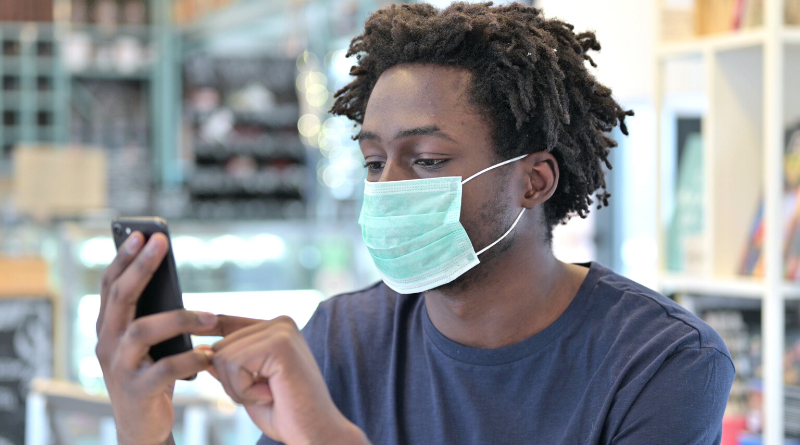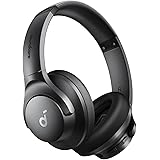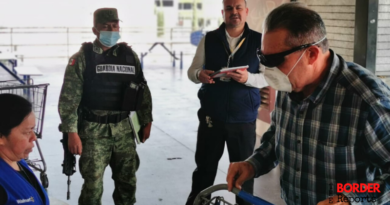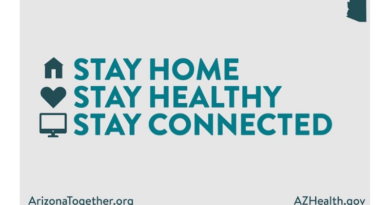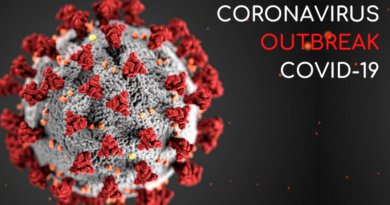University of Arizona is Testing Covid Watch Smartphone App
TUCSON, ARIZONA, US – As part of its plan to bring students and employees back to campus in the fall, the University of Arizona is preparing to offer the opt-in Covid Watch smartphone app, so that campus community members can notify each other anonymously if they may have been exposed to COVID-19. Arizona is the first state to start testing of the app, which began this week.
“Our faculty and other researchers continue to step up and find new solutions to this complicated health care issue,” said University of Arizona President Robert C. Robbins in a press release of the institution.
“Each solution provides another piece of our reentry strategy, and I am proud our faculty are the first to test this app.”
Started by Stanford and Waterloo researchers, Covid Watch first developed the novel technology to send exposure alerts without having to collect any personally identifying information from users, protecting their anonymity. The Covid Watch nonprofit then built a fully anonymous app designed to incorporate the Google and Apple application programming interfaces.
The app offers an alternative to digital contact tracing through what is called exposure alerts. Instead of informing a central authority of exposure status, the app works by informing people who are exposed directly using random numbers exchanged by local Bluetooth signals. This decentralized system preserves app users’ anonymity, so no central authority can track their personal data.
While other states have deployed apps that provide personal data like GPS or contact information to central authorities, the University of Arizona is expressing a strong commitment to privacy by choosing to test one of the first and only fully anonymous exposure alert apps to be deployed in the United States. This technology set the standard for digital rights in COVID-19 exposure alert apps, which is now shared with the American Civil Liberties Union and the Electronic Frontier Foundation.
“The beauty of this novel technology is people can receive the information they need to know without anyone needing to reveal their identity. Local communities can now protect themselves and change the course of the virus by only sending alerts to each other, anonymously,” said Covid Watch Executive Director Tina White, an alumna of the University of Arizona. “Our nonprofit envisions a world where the crisis is over because people made the choice to take action. We hope to put the power to stop COVID-19 in the hands of the university community.”
Once Covid Watch is installed on a smartphone, the app begins logging anonymous signals from other nearby apps using Bluetooth, which can be used to route alerts later. If someone tests positive for COVID-19, they can help stop spread in their communities by choosing to alert others privately using the app. The app requests that the user input a verification code from a lab, doctor or medical center to prevent false alarms.
Other phones with the app installed frequently compare their logs of random numbers with the numbers shared by positive patients and alert users if they have been exposed to COVID-19. Users also are shown general information about what they should do next and what campus resources are available to them.
“If the testing phase goes well, we plan to launch the app for the entire campus community. If enough people in the campus community choose to alert each other of their exposure and follow the general guidance – approximately 56% – community spread can be stopped,” said Joyce Schroeder, head of the University of Arizona Department of Molecular and Cellular Biology. “By using this technology, we can scale up our exposure alerts to dramatically increase our response to a SARS-COV2 diagnosis.”
The Covid Watch app is another tool in the university’s toolkit as it plans to bring students and employees back to campus in the fall. The Campus Reentry Task Force, led by Robbins and directed by 17th U.S. Surgeon General Dr. Richard Carmona, is continuously working on plans for the fall semester, including an effort to “test, trace and treat” returning students and employees to help mitigate risk on campus. That effort includes antibody testing and diagnostic testing, as well as traditional contact tracing.
The task force is providing weekly updates on its progress.
To read the full press release, click here.
¡Gracias por leer a The Border Reports!
